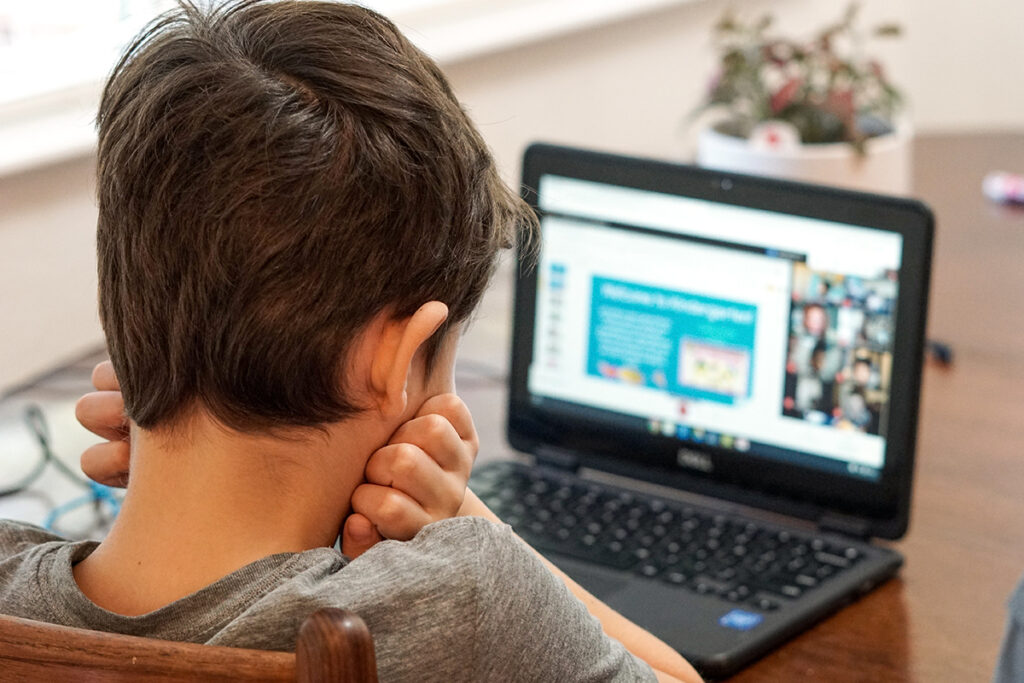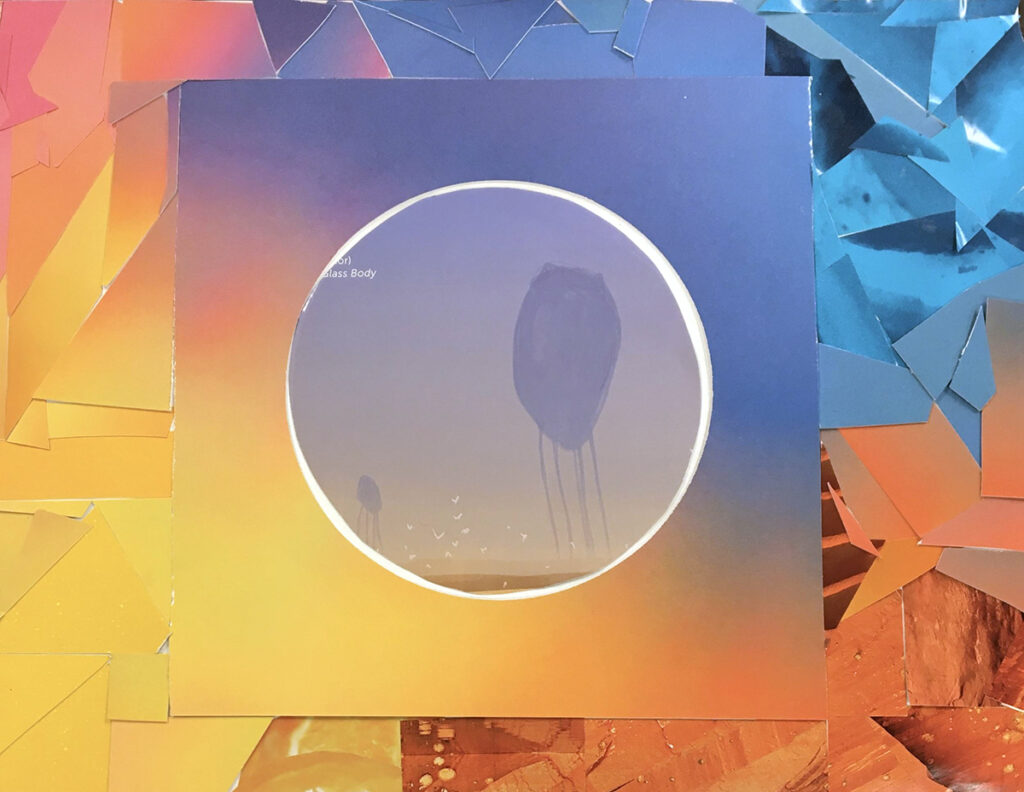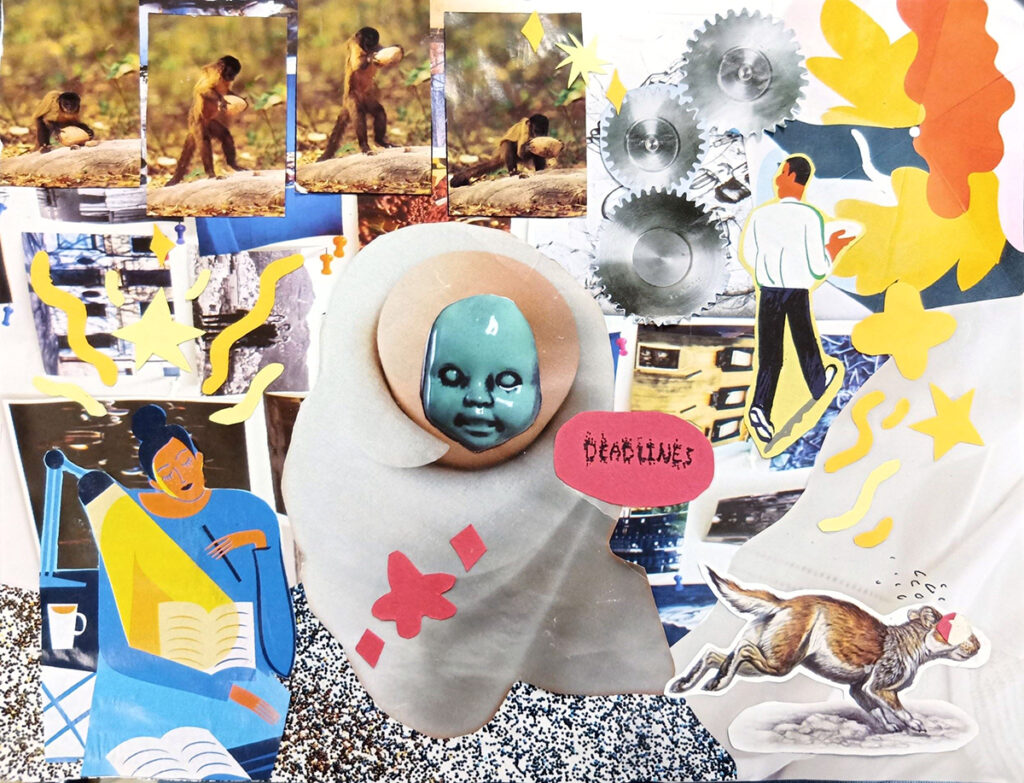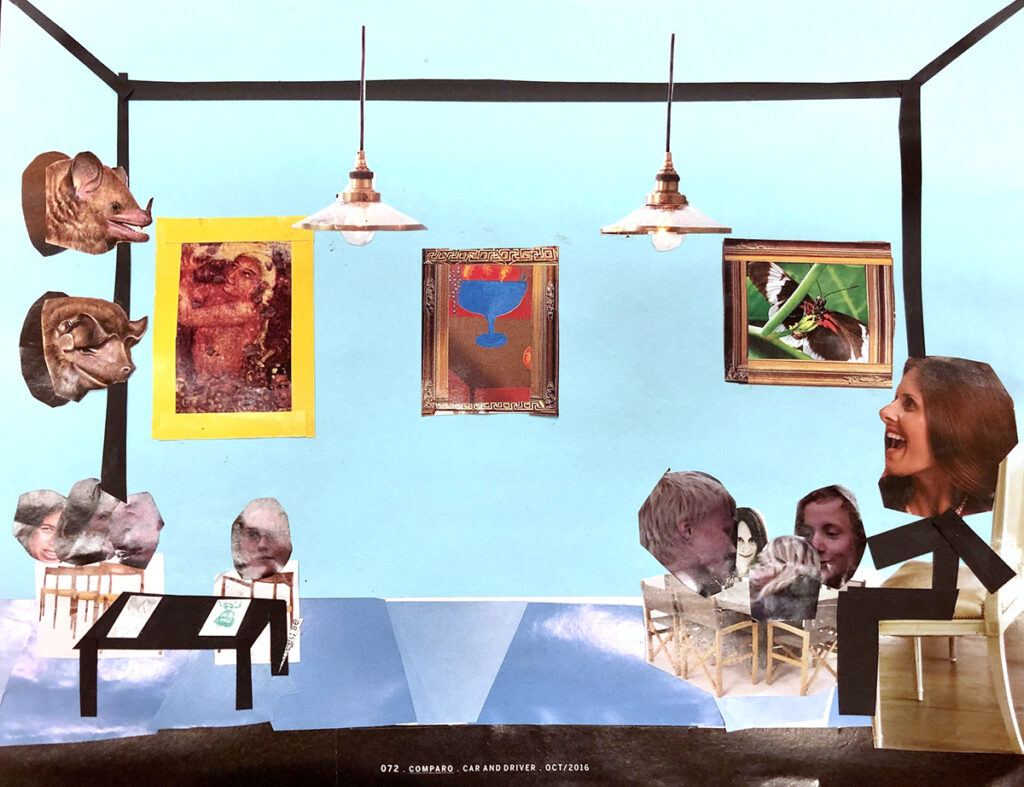How to Guide Students to Be Responsible Digital Citizens in the Art Room
Gen Z is the latest era of learners. They are the initial technology to have all around-the-clock access to the world wide web and other state-of-the-art systems. Mainly because of that, they are often referred to as “digital citizens.” A digital citizen makes use of the world wide web consistently and effectively to gather, discover, and share facts. Due to the fact the net and technology are omnipresent in our students’ lives, our duty as educators is to guide them in liable digital citizenship. While this is frequently left to core matter lecturers, learners use technological innovation often in our art rooms as nicely. It is important that we, as art instructors, teach our learners to be dependable inventive digital citizens.
Study on for insight on how to guidebook your artists to be responsible electronic citizens.

Invite pupils to be aware of their sources.
It’s not just when college students are creating study papers that they should really be working with valid resources. It’s essential when studying artwork as perfectly! Internet sites like Wikipedia, Bored Panda, and Pinterest are usually achieved with blended opinions from teachers and educators. On the contrary, they can be amazingly valuable study applications when utilized as a beginning point.
Learners can use these web-sites to locate extra sources. On websites like Wikipedia, scroll down to the base of the article to find hyperlinked footnotes. These will be immediate back links to the original resources. If an image is found on Pinterest that wants to be traced back to its resource, use a reverse graphic look for. The most frequent are Tineye and Google’s reverse graphic lookup. These lookup engines will discover the original portfolio or the initial upload of the researched or referenced piece.
Getting the authentic supply is very important for citing perform and is an vital ability for students to master. Citing resources doesn’t essentially mean a bibliography often, it can be as easy as a hyperlink dependent on what assignment your college students are functioning on.

For example, in an on the web portfolio, a university student can say anything like, “For my watercolor painting, I referenced a photograph published by the Linked Push,” hyperlinking the exact supply of the picture. They can share in an artist statement that they were greatly encouraged by Frida Kahlo and referenced her Untitled (Self-Portrait with thorn necklace and hummingbird). As extensive as pupils are forthright with in which they are pulling their references, they are accountable and conscientious electronic citizens.
It is also truly worth educating your pupils about the unique varieties of on the internet resources out there. As pointed out earlier, collaborative web sites enable any consumer to add and contribute data. Collaborative internet websites can be a helpful starting off stage, but they have to have reality-checking, even in the footnotes. Review this approach to scholarly publications that contain on line journals, databases of analysis, and textbooks the place authors have to go by a much more stringent course of action to authenticate their information.
The ending of internet site URLs can also tell you what style of supply is being accessed. For instance, a website link ending with a .gov implies it is a authorities web site, and a .edu suggests it is an educational web-site. Understanding what type of internet websites college students are accessing can assistance them identify the validity of the information and facts they locate.
Try out these things to do and duties with your learners:
- Need learners to embed backlinks in electronic assignments.
- Advocate that college students use a certain amount and type of resources per assignment.
- Inquire students to be detectives and simple fact-check out all the info and sources in a Wikipedia artist biography.
- Compose certain investigate concerns in advance of starting off any web lookup.
Introduce the plagiarism compared to reinterpretation debate.
One particular of the most typical sites we see our pupils as digital citizens is by way of their analysis and strategy generation. Learners are frequently encouraged to use the world-wide-web as a resource, pulling imagery and inspiration from it. But how can students use what they come across devoid of plagiarizing it?
In art, we discuss a whole lot about the variances among plagiarism and reinterpretation. Given that numerous learners are inclined to check out realism as their major intention in art, fairly a number of pupils do the job to accurately recreate an impression they identified on line. When real looking rendering is an important talent, it is only just that—one talent. And if pupils are doing the job digitally, it can be tempting to copy and trace! We can guidebook our pupils to be more nicely-rounded by exhibiting them how to creatively resolve problems by brainstorming, adapting, mixing several references, and encouraging them to consider and use their personal references.
Due to the fact ideation is a important portion of artmaking, it can be regarded plagiarism to foundation an artwork directly on a person else’s perform. A fictional rule of thumb is that you require to adjust 30% of an picture for it to not infringe on a copyright. Nonetheless, there is no established share of an graphic that should be adjusted to avoid copyright infringement in copyright law. The true legal precedent for copyright infringement was set in the 2014 Seventh Circuit Court docket situation Kienitz v. Sconnie Country. The courtroom stated that the big difference have to be “transformative.” They utilised the analogy “as with the Cheshire Cat, only the smile remains.” Whilst the resulting literal graphic could be related, the this means and interpretation of the picture ought to be entirely distinctive.

One more location students may run into the plagiarism vs . reinterpretation discussion is in assemblage or collage perform. Learners might provide up that they are anxious about working with another person else’s function in their own. This would make sense given that educators emphasis so significantly on the benefit of primary considered. This is where you can discuss about what it indicates to reinterpret an graphic.
For example, let us say a college student would like to use an picture of a giraffe in their collage. They slash out an image from a journal of a giraffe in a massive discipline. If a university student then spots the giraffe cutout on an image of a jungle, are they shifting the meaning of the first giraffe image? You can drive them to experiment with exactly where the giraffe is placed—maybe it’s driving a car, taking a shower, or flying in space. You can also obstacle them to change the giraffe by cutting it apart and fusing it with one more animal. A very good goal is to really encourage the student to modify the this means noticeably, thus reinterpreting the first impression.
Consider this fast art work out!
Give learners fifteen minutes to function in smaller groups to create a collage with the most drastic reinterpretation of pictures. Have pupils just take a picture of all of their pictures ahead of starting up the collage and then get a image of the finished collage. Pupils present their documentation and finished collage to the class and make a situation as to why they have the most reinterpreted collage. Decide a successful team either by class vote or by you as the instructor.

The environment is getting ever more a lot more electronic. Our students will have to discover how to be dependable electronic citizens and artists. As know-how developments and infiltrates all components of our lives, this consists of the artwork space. Choose the time to get the job done with your pupils on their digital citizenship expertise. It will gain them in your classroom, their artwork, and past.
How do students cite their sources when they convert work in to you?
In what approaches do pupils use technological innovation in your classroom?
